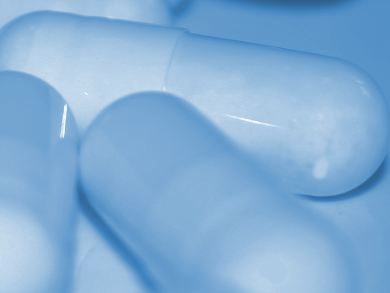Scientists from Harvard, Cambridge, MA, USA; EPFL, Lausanne, Switzerland, Yale, New Haven, CT, USA; and BASF, Ludwigshafen, Germany, developed a process that makes amorphous nanoparticles with increased solubility. This improves the efficient uptake of drugs, for example, in the human body.
The team has developed a microfluidic nebulizer to create very small nanoparticles from drugs that are first dissolved in a solvent and then exposed to a stream of air with the speed of 600 m/s. The high-speed air flow enables fast evaporation of the solvent, which leaves no time for the molecules to arrange themselves in the form of a crystal. Molecules, therefore, arrange themselves randomly in an amorphous structure and are ten times easier to dissolve. This system offers good control over the composition, structure and the size of particles.
The process can be applied to both organic and inorganic substances making it attractive for numerous potential applications in pharmacology, the food industry and crop protection.
- BASF SE, Ludwigshafen, Germany




